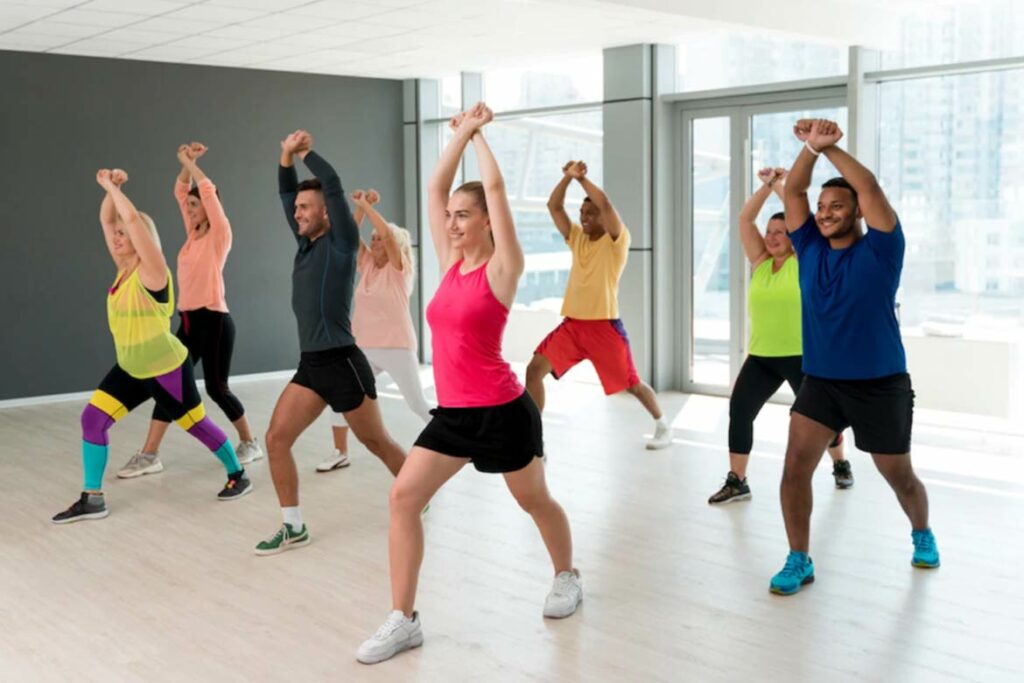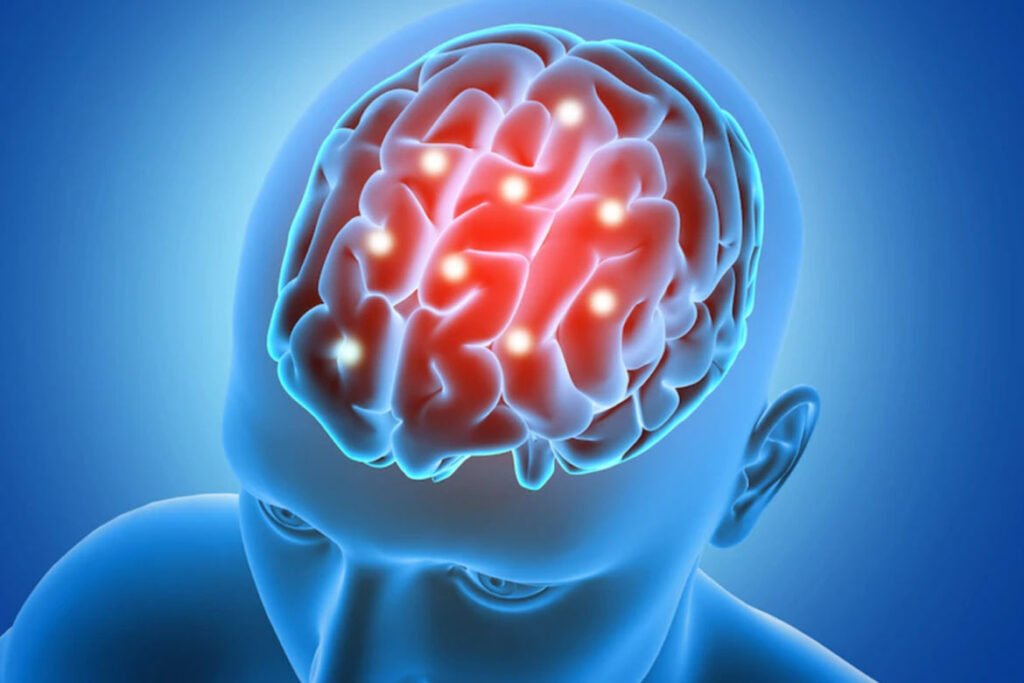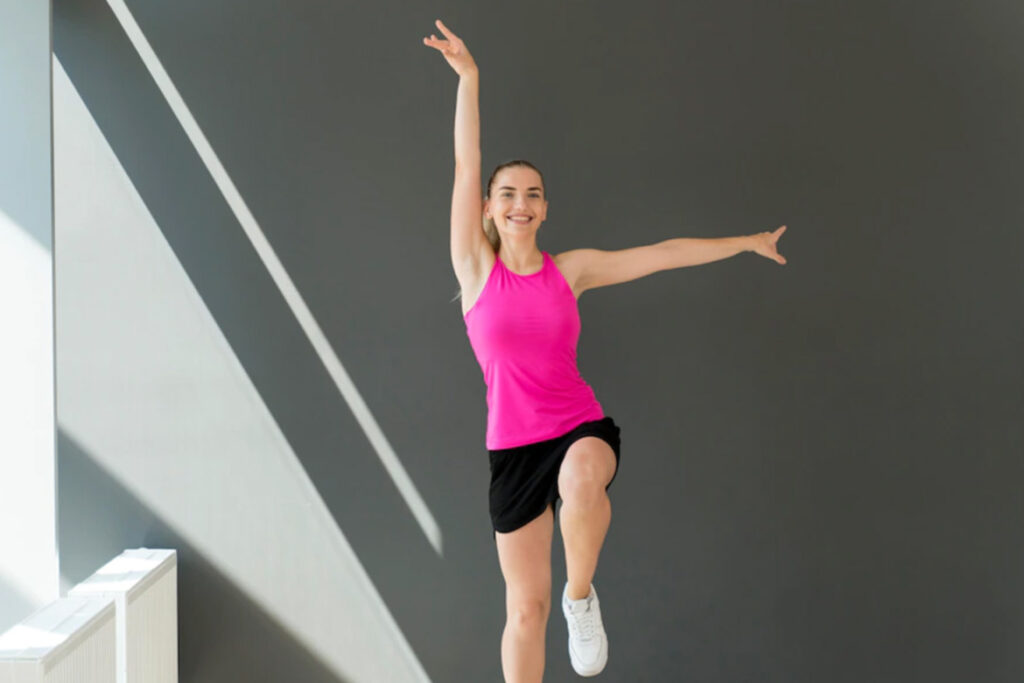Dance may be an artistic expression, a pleasant activity, a symbol of culture, and an excellent form of exercise, among other things. In addition to using all of your muscles and limbs, dancing also increases heart rate. Additionally, dancing can be a lot of fun.
Almost any kind of dance may be a workout; the intensity of the workout depends on the style you practise. You will gain advantages no matter which option you select, even if it’s only dancing on Saturday night at the club.
Here are several ways that dancing might enhance your health, according to study.
Cardiovascular Health is Improved by Dance
Dancing is excellent for enhancing cardiovascular function, just as other aerobic exercises. According to population-based survey data of adults aged 40 and up, a study published in 2016 in the American Journal of Preventive Medicine found that people who engaged in moderate-intensity dancing (defined in the study as enough to make you out of breath or sweaty) were 46% less likely to develop heart disease or die from it than nondancers over 10 years of follow-up. Conversely, moderate-intensity walkers had a mere 25% lower risk of developing cardiac problems.
Dance Exercises Strengthen Core

According to the Mayo Clinic, dance demands balance and helps develop core strength, which helps promote healthy posture and prevent muscular strains and back problems.
Dance requires you to practise standing motionless, frequently on one leg. You may now train your body’s deep muscles, which you normally would not be able to. Additionally, you are using your abs, which are crucial for maintaining balance.
Flexibility is fostered by dance
In addition to increasing strength, stretching the body’s limbs during several types of dance increases flexibility. Improved flexibility and strength work together to improve balance, which can help people avoid falls and lower their risk of injury in other areas of life.
Ballet dancers are especially affected by this. Flexibility exercises are a big part of ballet training. Flexibility leads to increased mobility, which makes any daily activity more fun, whether you’re doing yoga or trying to reach the top of the kitchen cabinet.
Dance Can Aid in Losing Weight

Read more: What is Cardiovascular fitness? Why is it crucial? How to improve it?
Additionally, dancing is an aerobic and anaerobic activity that burns a lot of calories. While holding squatting and balance poses can activate the anaerobic energy system, jumping and spinning movements are excellent aerobic exercises. In general, more calories and energy will be burned when dancing in an upbeat way.
According to Harvard Medical School, 30 minutes of dancing can burn between 90 and 252 calories, depending on the type of dance you do and your body weight. If you’re attempting to lose weight, this kind of high-intensity calorie burning can support your efforts. A dance cardio class is advised if you want to burn the most calories. These classes are made to burn calories and enhance physical fitness.
Dance Is Beneficial for Bone Health
Contrary to using a stationary bike or swimming, dancing is a weight-bearing activity that helps support bone density. High-impact and weight-bearing workouts, including some types of dancing, can help you efficiently maintain and even grow new bone mass, according to the National Osteoporosis Foundation.
According to some research, dancing may be able to mitigate some of the effects of older persons with osteoporosis. According to additional child studies, children who studied ballet had better bone mineral content three years later than kids who didn’t.
Performing Dance Can Reduce Memory Loss
Learning new routines and moves for dance is common. In fact, there is some very strong evidence that social dancing can lower the likelihood of cognitive deterioration as we age. In a research 469 adults over the age of 75 participated in for the New England Journal of Medicine. Dancing was the only physical activity linked to a lower incidence of dementia among all the physical activities, including walking, bicycling, stair climbing, swimming, and group fitness classes.
Dance Improves Mental Health

Studies have shown that dance can help people feel less anxious, boost their self-esteem, and generally feel better.
Additionally, some dance styles have even been used to cure depression. The American Dance Therapy Association defines dance movement therapy (DMT) as the psychotherapeutic use of movement to promote emotional, social, cognitive, and physical integration of the individual with the goal of enhancing health and well-being. A 2019 study published in Frontiers in Psychology found that DMT was effective in treating depression.
Using dance to relieve stress

Read more: Stop overdoing! How exercise can become harmful to your health?
Have you ever turned up your favourite music and busted a move to release some steam after a challenging day? According to the Mayo Clinic, any kind of exercising helps reduce stress. However, dance might be especially effective at doing this.
For instance, research found that DMT affected the cortisol awakening response, a sign of chronic stress, while high-intensity aerobic exercise did not. This research was published in The International Journal on the Biology of Stress.
Dance Can Increase Our Social Connectivity
The importance of social engagement and connection to both physical and mental health cannot be overstated. Numerous studies have shown that loneliness and social isolation can have a variety of harmful impacts on one’s health.
When you take a lesson with other individuals, you realise that you all have something in common since dancing is sharing. You are not there to compete; rather, you are there to have fun, and that has an incredible feeling.
